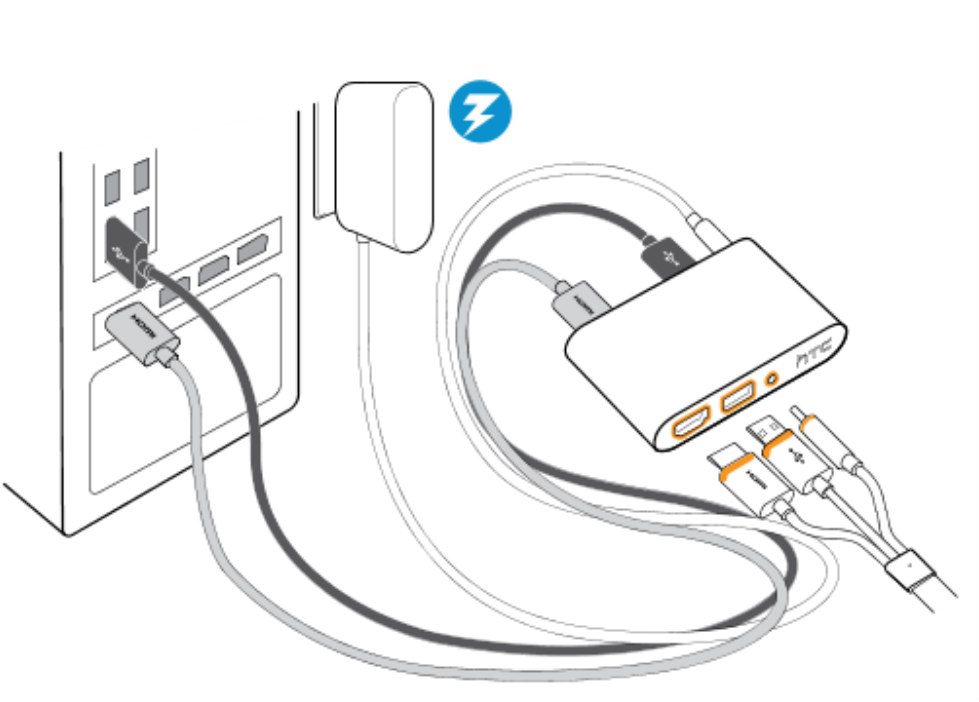HTC Vive Pro, the company’s higher resolution VR headset targeted at prosumers, isn’t on sale yet, although developers have been receiving Vive Pro as early as mid-February. While there still isn’t a comprehensive look at all of the gubbins to go along with the headset, Cloudgate Studio co-founder Steve Bowler recently tweeted a few snaps of Vive Pro that give us a clearer view of some of the differences coming to the headset’s Link Box.
As first reported by Tom’s Hardware, the Vive Pro has done away with the “3 in, 3 out” cable scheme seen in the original Vive’s Link Box, which features a two-sided suite of ports including spaces for USB, HDMI, and power cables. On the ‘PC side’ of the original there’s also find a mini DisplayPort in addition to the HDMI port.


Now, the Vive Pro’s Link Box features a single proprietary cable leading to the headset that unites power, data, and video, making for a less confusing first-time setup to boot. You’ll also notice a handy blue power button on the ‘VR side’ of the box now.
The Vive Pro’s Link Box has also done away with HDMI, instead only offering DisplayPort as the only video connection option. Considering most VR-capable GPUs have several DisplayPorts, the change shouldn’t be that significant to the end-user.
The bump in resolution from the original Vive’s dual 1080×1200 pixels displays to Vive Pro’s dual 1440×1600 displays is noticeable at 78% more pixels. Vive Pro still doesn’t have a price or specific launch date outside of the ‘late Q1’ mentioned previously by HTC, so in the meantime take a look at our hands-on with Vive Pro from CES 2018 to get an idea of what’s in store hardware-wise.

